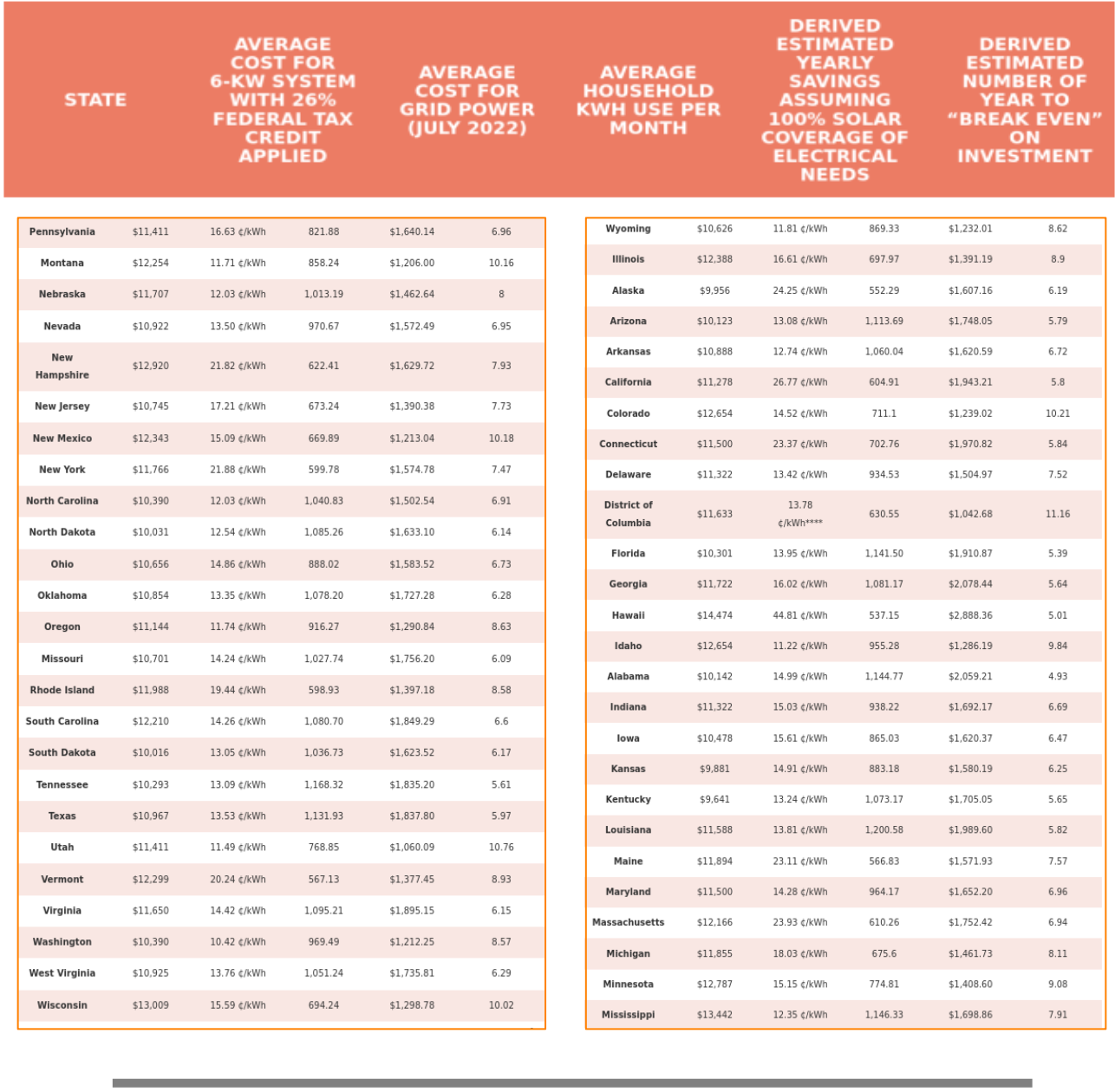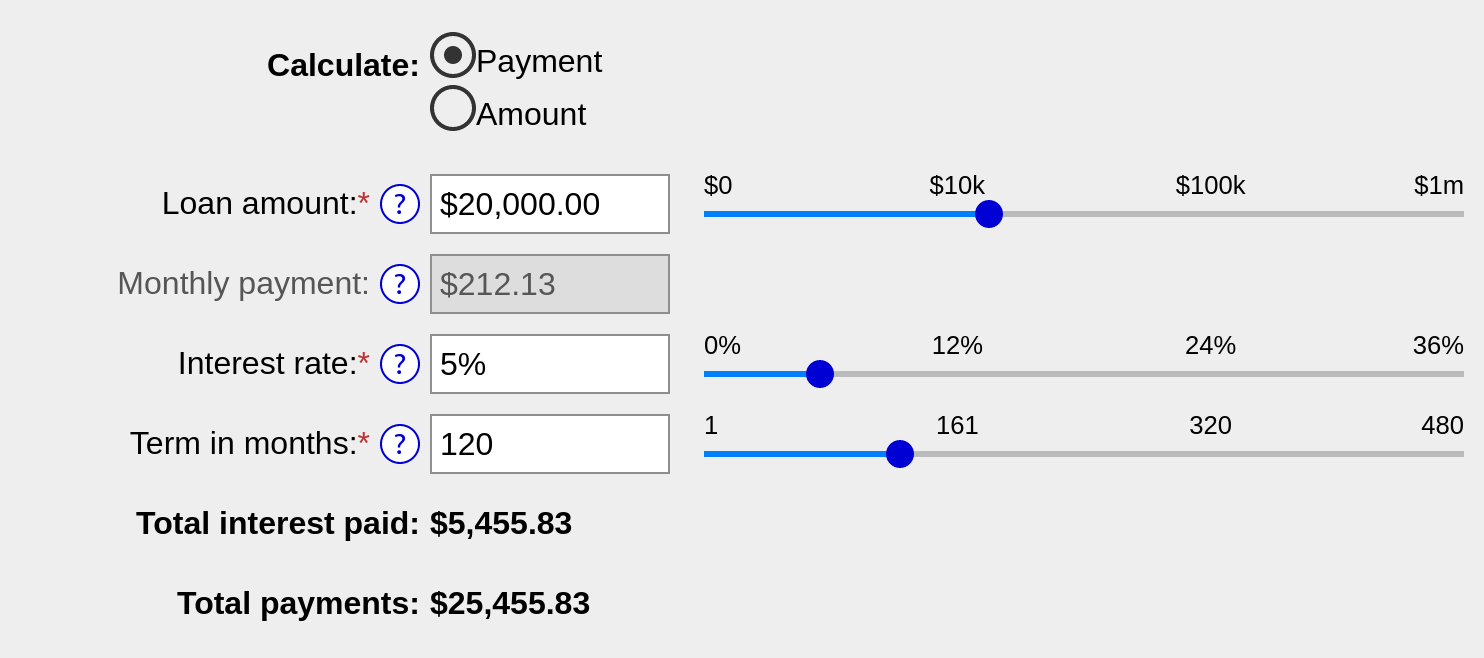Thanks to increased efficiency, declining production costs, and some very generous government incentives, solar panels now deliver energy at a lower average cost than what utility companies are charging.

Of course, not everyone is going to fall on the average. The exact amount of money you can save by going solar will depend on factors specific to your home, like:
The amount of sun your area gets
The direction your roof faces
The angle (aka pitch) of your roof
But, when it comes to solar power, there's something else that can have an even bigger effect on your return on investment—namely, the type of financing you choose.
So today will take a look at the various solar financing options and how they impact the amount of money going solar will save you.
Cash purchase
If you want to maximize the amount of money you'll save, consider paying for your solar system outright in cash if you can afford to do so.
In return for that one lump payment, you'll be securing free electricity for the 25-to-30-year expected lifetime of your solar panels.
Even better, paying upfront in cash means avoiding monthly interest payments, which can quickly start to add up.
The average residential solar system costs around $20,000. A 10-year loan for that amount at 5% interest would mean shelling out $45 a month in interest payments. That comes to a total savings of $540 over the life of the loan.

Of course, higher interest rates or longer terms would mean spending more money on interest and, hence, even bigger savings for those who pay cash instead.
Solar loans
As the name suggests, solar loans are loans specifically designed to finance the transition to solar power.
At their current interest rates of 4% to 7%, the payments on a secured solar loan will typically work out to be less than the homeowner's monthly electric bill.
Since solar loans usually require little or no money down, they're a good option for someone who wants to realize immediate monthly savings on energy but doesn't want to shell out the full investment upfront.
Power purchasing agreements
The last solar financing option to consider is a power purchasing agreement or PPA.
When you pay upfront in cash or take out a loan—either way—you'll be the one who owns your solar system.
But PPAs provide a way to realize immediate monthly savings on energy with fewer of the hassles that ownership entails.
With a PPA, you don’t need to borrow or spend anything because the company that installs your solar system pays for it and maintains ownership. So, instead of generating your own power, the installer agrees to charge you a fixed rate for electricity for their solar system's 25-30-year expected life
That rate will, of course, be significantly lower than what your utility company currently charges—otherwise who in their right mind would sign a PPA?
Keep in mind that you'll also wind up paying a little more for electricity with a PPA than you would have if you'd, instead, paid for and owned your solar system yourself—that’s how the installer makes their profit.
Still, PPAs are a good option for homeowners looking to take advantage of the monthly savings afforded by switching to clean and renewable solar energy with the absolute minimal investment.